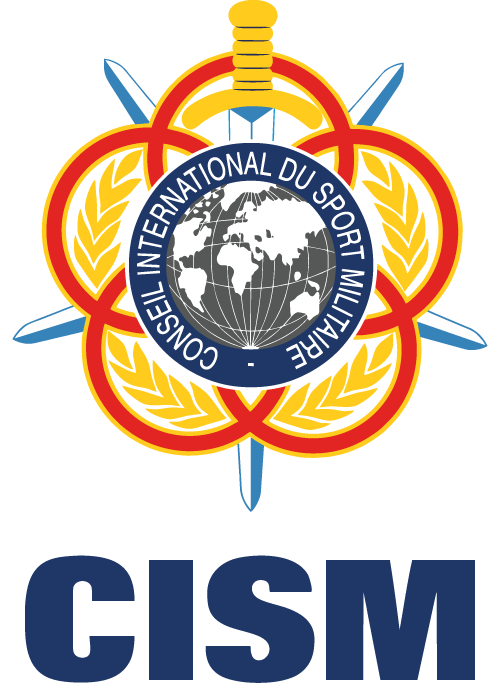Naval pentathlon obstacle relay makes dazzling debut at CISM Military World Games

WUHAN (CHN) - Did you know?
The sixth – and newly included – component in the naval pentathlon event at the CISM Military World Summer Games’ (CWG) made a riveting debut on Saturday at the 7th CISM CWG in Wuhan, China.
Nine men’s teams, comprising three members each, and nine women’s pairs from 10 countries combined braved gusty conditions on the Mulan Lake Campus of the Naval University of Engineering to give obstacle relay a memorable start in a sport that was derived by Italy from a training program 70 years ago to introduce a fitness standard for naval officers.

Sounds fun. Tell me more about the obstacle relay.
As with most relays, the first runner on the CISM CWG naval pentathlon’s obstacle relay team is one with a good block clearance and accelerated start. The second runner is tasked with powering through the next leg and maintaining – or providing – a lead, while the last runner, usually the toughest and swiftest on the team, is expected to make up for any lag and race to the finish.
What about the hurdles on the way?
As far as the CISM CWG naval pentathlon obstacle relay goes, the women’s event involves two athletes, with the one starting the race having to sprint over four hurdles of varying heights before landing on a shallow horizontal sand pit. From this point onwards, the second runner takes charge of the race, running towards the next obstacle that is mounted in the form of six vertical poles arranged one after the other. The athlete must swivel around these poles, with their arms resembling the posture of holding the pole of a flag during a march-past while performing the turns.
The next challenge on the course requires them to successfully throw a ball through a vertically cut section of a door, following which they make their way onto the other side of the door and slide a bolt to lock it. A sprint and a climb on a netted hill-like structure follows, and the athlete then reaches the centre of the plateaued roof of the structure by sliding themselves along a horizontal bar.
A descent onto another sand pit takes place by means of a rope that hangs from the centre of the roof. One more sprint is followed by a jump on a third sand pit which leads to a tunnel made of iron net, with the athlete emerging from the tunnel through a vertically placed cylinder.
The final hurdle on the course involves tackling a structure that has two ropes tied parallel to each other on four poles, two of which – at the mouth of the structure – are fixed to a ladder. The athlete first walks the tight rope fixed closer to the ground before making their way back to the mouth of the structure, where they climb the ladder and walk the second tight rope, fixed on top, and then reach the end of the structure.

Phew! That’s a lot of hard work. Is the end nigh?
A jump and one last sprint to the finish line marks the completion of the course, a task both the Chinese men’s and women’s teams bested in the gold-medal face-offs, in 01:36:50 and 01:36:70 minutes, against Brazil men and Finland women respectively.
“We knew China would be really, really hard to beat,” said the 7th CISM CWG women’s obstacle relay bronze medallist Cecilia Sjoeholm of the hosts’ stellar performance in the event, the relay rounding off China’s impressive showing overall in their Military World Games naval pentathlon debut at the 7th CWG. “We tried [to clinch a medal of some other colour], but China were very good. Hopefully, the event will get more teams from other countries and will start training and competing [in the future].”
Sure. That would be great. Does Sjoeholm have more on this?
A part-time chef in the Swedish army, Sjoeholm has been competing in naval pentathlon on the international circuit for 10 years now. However, participating in the obstacle relay event for the first time at the Military World Games, she said, made for a novel experience.
“This is a whole new thing for us; we have never done it before,” Sjoeholm said. “We have done it after the amphibious cross-country in Germany a couple of times, but not on a special day [such as this, which marks a debut for the obstacle relay at the CISM CWG]. Everybody is a bit tired; you have heavy legs, you are wondering what you’re doing. It [the obstacle relay] is like a training session (laughs); a very high-speed training session. We have our routine [at training], and we do the same routine for this event as we have done for all the others. But it’s quite challenging.”

Difficult as it appears to be, the competition ended well, right?
Saturday saw all preliminary rounds and finals across the men’s and women’s obstacle relay events take place. As the day progressed, two men – including Brazil’s Felicio Carrico – and one woman injured themselves during their respective events. According to the Swedes, athletes competing in the obstacle relay are more likely to sustain injuries in the latter half of their events or the day, given the body starts to tire over time.
“And also because of the speed,” said Sjoeholm’s Swedish team-mate Melina Westerberg. “You can have a little more speed when you have the full course, so we did it a little faster than we used to [earlier]. People are running faster, taking the obstacles faster, so they start to get injured.”
Is it the obstacles or some other element that makes the obstacle relay so challenging?
For Mari Lindstrom, 31, and Jenna Sakkinen, 30, who won the obstacle relay silver for Finland with a 01:48:30-minute finish, speed is the most decisive factor in the event.
“We are the first silver medallists in the Military Games obstacle relay. It feels great, to be together for one final time [here at the CISM CWG] and just challenge each other to just go fast, fast,” said Sakinnen. “Exactly how you said, it’s indeed like a training session. You have to push through, just give everything you have to overcome those few obstacles. You just have to go fast, fast, fast. There’s a shot break, then you go again; a shot break, then you go again.”

Would the female participants suggest any changes for the women’s obstacle relay in the CISM CWG naval pentathlon for the future editions?
“I think two is good, but the first one [the section of the course covered by the first athlete] is a little shorter than the second one, so maybe a different place to change would be good,” Lindstrom said. “The second part of the relay is more tiring. Jenna is a little bit faster, so I think it’s good she’s doing the long part, but both [the speed and endurance have a big role to play in both parts of the race].”
Can’t wait for the 8th CISM Games to follow up on this action-packed debut of the naval pentathlon obstacle relay. See you in 2023!
(Source: CISM Media and Communication Department - Journalist: Ms. Annesha Gosh - Pictures: Mr. Eddy Kellens)


